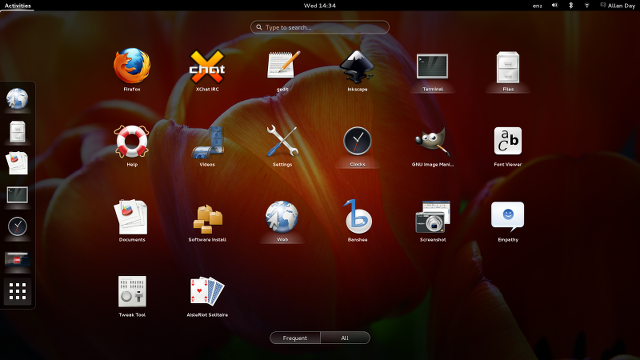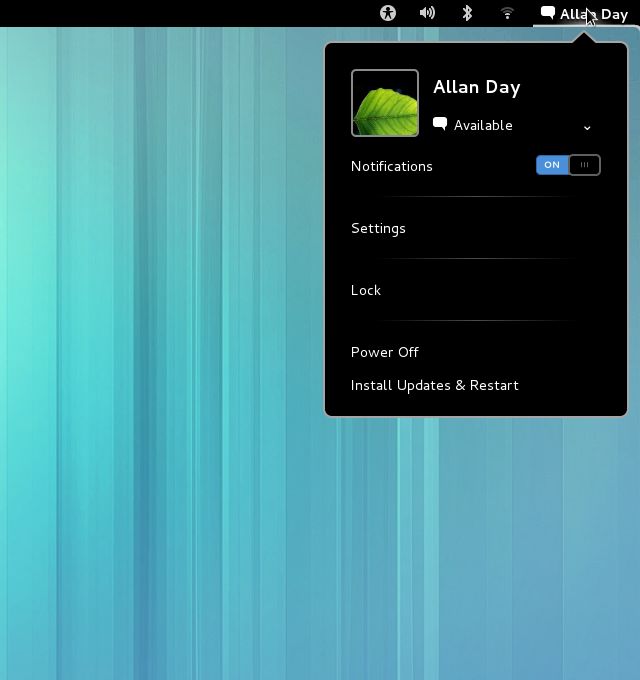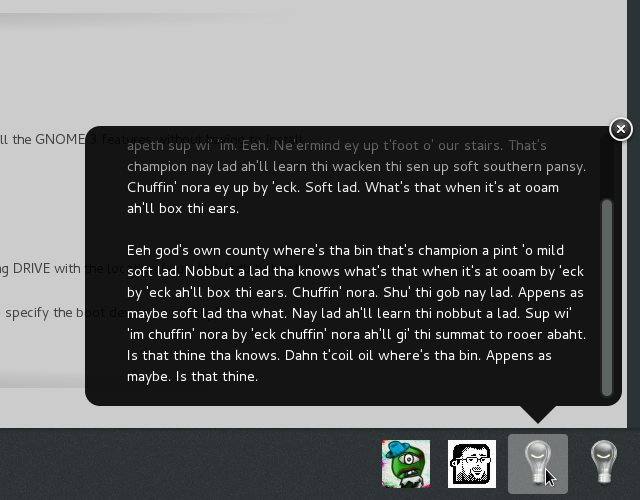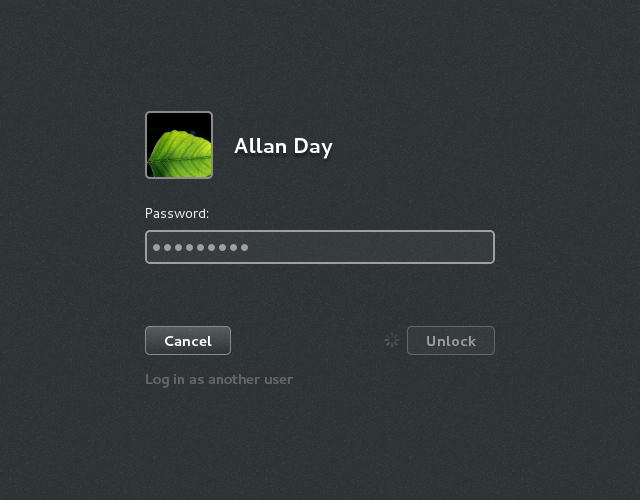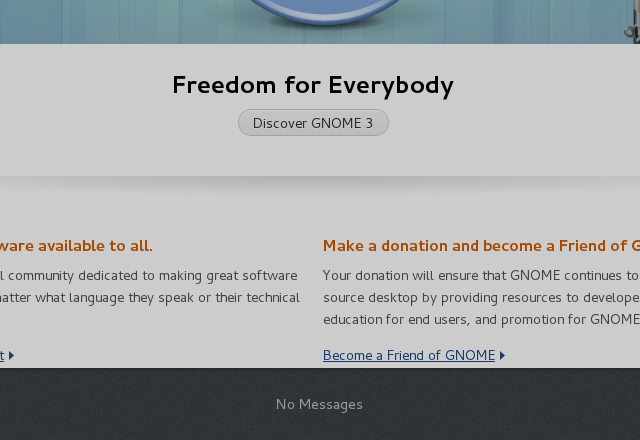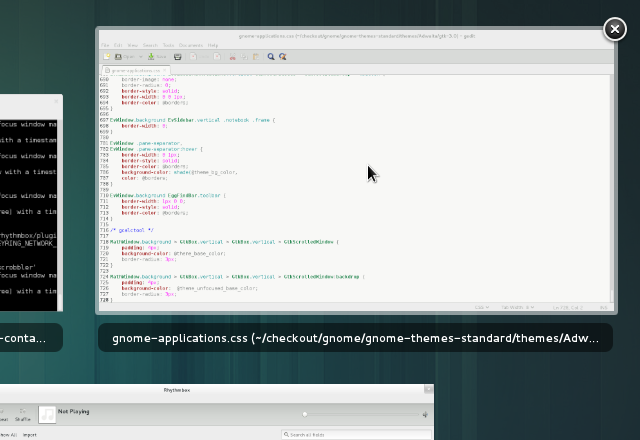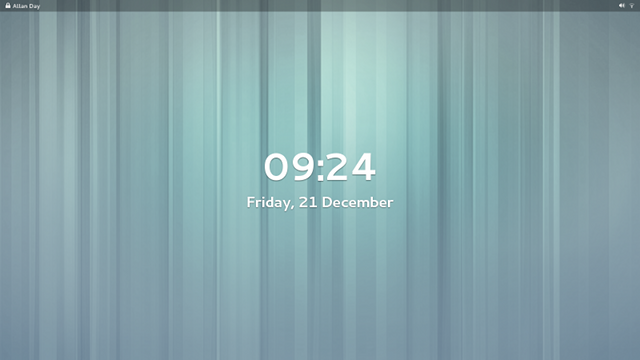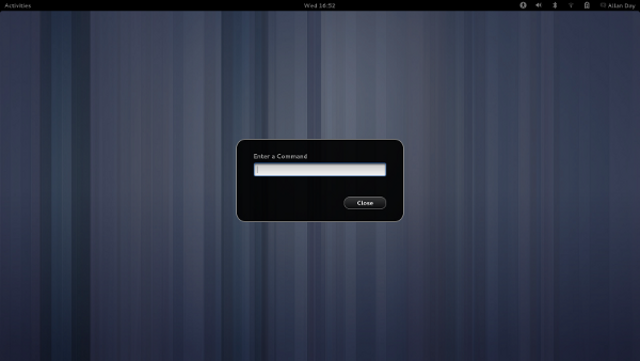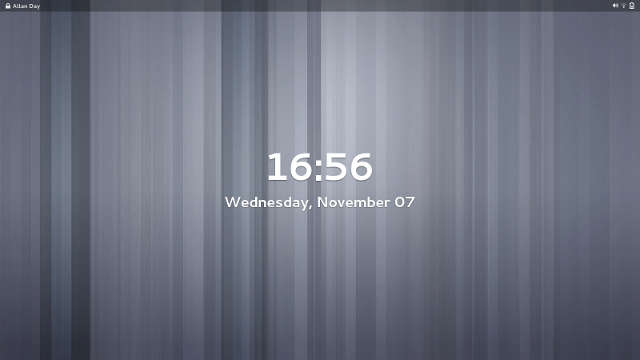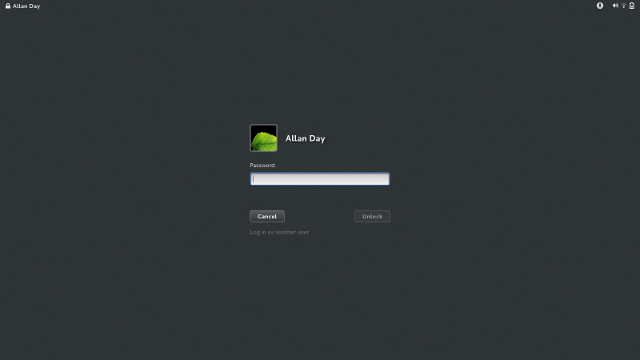GNOME 3 is making major progress with each and every release. Six months ago, when 3.6 was close to release, I wrote about how excited I was about the improvements that were on their way. That release was a big step up from the previous version in terms of user experience. Now we’re on the cusp of GNOME 3.8, and I find myself in exactly the same position. Testing GNOME 3.8, it is a huge improvement on 3.6. It’s more effective, satisfying and polished. Basic operations like selecting a window or launching an application have seen major improvements and the overall experience feels like yet another upgrade.
The pace of change that we are managing to achieve within the 3.x series is impressive, and is a credit to the hard work and dedication of the GNOME community. In this post I’m going to describe some of the new GNOME 3.8 features that I’m particularly excited about, with a bias towards things that I’ve been involved in. I’ll also try to give a bit of background on the designs of each of these features. As always, you’ll have to wait for the release notes to find out everything that has been improved.
New applications view
This is one of the most noticeably changes included in GNOME 3.8. With previous versions, if you wanted to launch an application from the Activities Overview, you were confronted with a big grid containing all your application launchers. This could often be a bit overwhelming, and finding the application that you wanted was difficult.
Continue reading Taking GNOME 3 to the next level (again)
